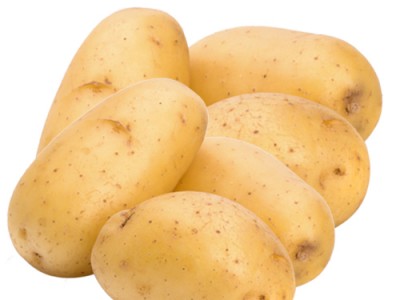
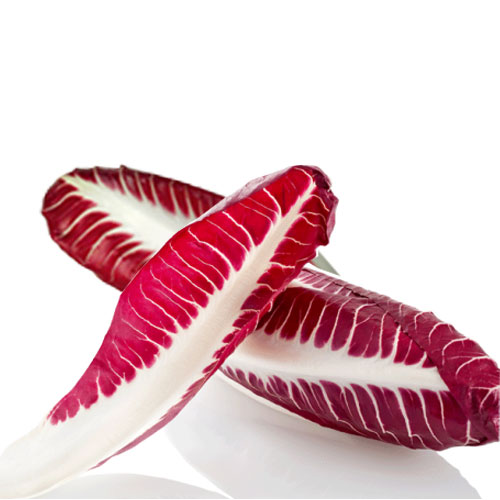
Radicchio aka Italian Chicory-Benefits
About Radicchio
Scientifically known as Cichorium intybus; Radicchio is an Italian vegetable known for its distinctive looking red leaves and white veins. It is sometimes known as Italian chicory because of its common use in Italian cuisine. This vegetable is a close relative of chicory popularly used in global cuisine. Radicchio is often confused with red cabbage because of its similarity in appearance; if tasted both these vegetables are worlds apart. Radicchio has a very peculiar bitter and spicy taste that is distinctive from the regular red cabbage. This red leafed vegetable was highly predated on in places like Eurasia where it first introduced. This vegetable is believed to have existed in the Eden garden during the time of Adam and Eve when the first set foot on this earth. Grown in parts of northern Italy mainly Veneto region this chicory relative thrives the best in these places. Pliny the Elder introduced radicchio as Venetian lettuce in his piece of writings. In 15th century the crop was harvested properly and it gained popularity amongst the farmers and during 1970s the commercial growth and export of radicchio gained importance in Italy. Radicchio is a vegetable that Italians take pride in and celebrate its existence by naming them based on their home towns where it is cultivated. The cultivation of radicchio is very easy as it grows well in spring and needs frequent watering to it. Taking an average period of 6 weeks to be ready for harvest; radicchio gives a different taste if it is planted during winter season.
Radicchio Nutrition Value
[tribulant_slideshow gallery_id="36"]
- 100 g fresh leaves carry just 23 calories.
- Radicchio is an excellent source of vitamin K.
- High anti oxidants.
- It has a sedative and analgesic effect.
Radicchio Benefits
- Radicchio, also known as Italian Chicory, is a type of vegetable classified as a leafy, bitter-tasting member of the chicory family. It grows in tight, round heads and is usually deep red or purplish in color. Radicchio has a long history, first being mentioned in ancient Roman literature and becoming popular in the Veneto region of Italy. Today, it is widely used in Italian and Mediterranean cooking, as well as in other parts of the world.
- Radicchio has a number of health benefits to offer. It is rich in dietary fiber, which helps to reduce cholesterol levels and improve digestive health. The dietary fiber in radicchio also helps to reduce the risk of developing certain types of cancer, such as colon cancer.
- It is an excellent source of vitamins and minerals, such as folic acid, vitamin C, magnesium, and potassium. Folic acid is important for healthy cell division and growth and can help reduce the risk of birth defects. Vitamin C helps to boost the immune system and protect against disease, while magnesium helps to improve bone health and reduce the risk of osteoporosis. Potassium supports healthy blood pressure levels.
- Radicchio also contains phytonutrients, which are compounds found in plants that offer a number of health benefits. These phytonutrients help to protect the body from damage caused by free radicals, which can lead to various types of cancer. They also help to reduce inflammation, which can help to reduce the risk of cardiovascular disease.
- It is also a good source of antioxidants, which are compounds that help to fight off the damaging effects of free radicals. Antioxidants can help to protect the body from a wide range of diseases, including heart disease, diabetes, and certain types of cancer.
- It is low in calories and fat and can be used as a healthy addition to any meal. The bitter taste of radicchio makes it a great addition to salads and other dishes. It can also be steamed, grilled, or roasted to bring out its unique flavor. Radicchio is a versatile and nutritious vegetable with a wide range of health benefits. It is rich in dietary fiber, vitamins and minerals, phytonutrients, and antioxidants, which can help to protect the body from damage and reduce the risk of certain diseases. Radicchio can be used as a healthy addition to any meal and can be cooked in a variety of ways. With its unique flavor and nutritional content, radicchio can be a great addition to any diet.
| Principle | Nutrient Value | Percentage of RDA |
|---|---|---|
| Energy | 23 Kcal | 1% |
| Carbohydrates | 4.48 g | 3.5% |
| Protein | 1.43 g | 3% |
| Total Fat | 0.25 g | 1% |
| Cholesterol | 0 mg | 0% |
| Dietary Fiber | 0.9 g | 2% |
| Vitamins | ||
| Folates | 60 µg | 15% |
| Niacin | 0.255 mg | 1.5% |
| Pantothenic acid | 0.269 mg | 5% |
| Pyridoxine | 0.057 mg | 4% |
| Riboflavin | 0.028 mg | 2% |
| Thiamin | 0.016 mg | 1% |
| Vitamin A | 27 IU | 1% |
| Vitamin C | 8 mg | 13% |
| Vitamin E | 2.26 mg | 15% |
| Vitamin K | 255.2 µg | 212% |
| Electrolytes | ||
| Sodium | 22 mg | 1.5% |
| Potassium | 302 mg | 6% |
| Minerals | ||
| Calcium | 19 mg | 2% |
| Copper | 0.341 mg | 38% |
| Iron | 0.57 mg | 7% |
| Magnesium | 13 mg | 3% |
| Manganese | 0.138 mg | 6% |
| Phosphorus | 40 mg | 5.5% |
| Selenium | 0.9 µg | 1% |
| Zinc | 0.62 mg | 6% |
| Phyto-nutrients | ||
| Carotene-ß | 16 µg | — |
| Carotene-a | 0 µg | — |
| Cryptoxanthin- ß | 0 µg | — |
| Lutein- zeaxanthin | 8832 µg | — |
Radicchio qualifies as a super food; it is rich in many vital nutrients. Radicchio is a source of phytonutrient a compound that is formed only plants and derived during photosynthesis. This red vegetable has anti malarial properties because of intybin present in it that gives it a strong bitter taste. Radicchio is also used as a sedative and a pain killer. Radicchio has high fibre content that promotes weight loss as its consumption keeps one full for a long time and mean while also aids in smooth digestive process. Rich in Vitamin K radicchio takes care of releasing radicals that carry oxygen from lungs to the other vital organs of the body such as brain, heart and the spinal cord. It aids in production of bile; this is compound that breaks the food into small salts that speeds up digestive process. This food also helps in keeping the blood pressure under control.Radicchio is quite effective in fighting free radicals in the body. Free radicals are responsible for damaging the DNA of cells, leading to diseases such as heart disease, diabetes and cancer. Radicchio fares well in the Oxygen Radical Absorbance Capacity (ORAC) which helps in combating free radicals.Radicchio is rich in fiber hence helpful in management of weight. High fiber makes you full hence keep your desire to eat low; consequently, you will tend to eat less, losing on your weight gradually.Radicchio is laden with various minerals such as Zinc, copper and magnesium. It is also rich in Vitamin C, Thiamine, Riboflavin, Niacin, Vitamin B-6, Vitamins A and E. It is noteworthy that our bodies are able to absorb vitamins and minerals best when obtained from vegetables such as Radicchio as opposed to taking supplements.
How To Enjoy
Radicchio is a relative of chicory well known for its distinct flavour. One can easily taste and identify radicchio because of its distinct strong taste. Eaten as a part of raw salad dressed in olive oil or grilled to perfection as an accompaniment to grilled fish; radicchio is a vegetable that not just pleases the eye but also your taste buds.
This vegetable being a part of chicory family can also be used in composition and making of coffee. This Italian invention is used majorly in Italian delicacies like risotto, pasta or even in a strudel.

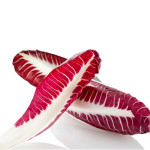
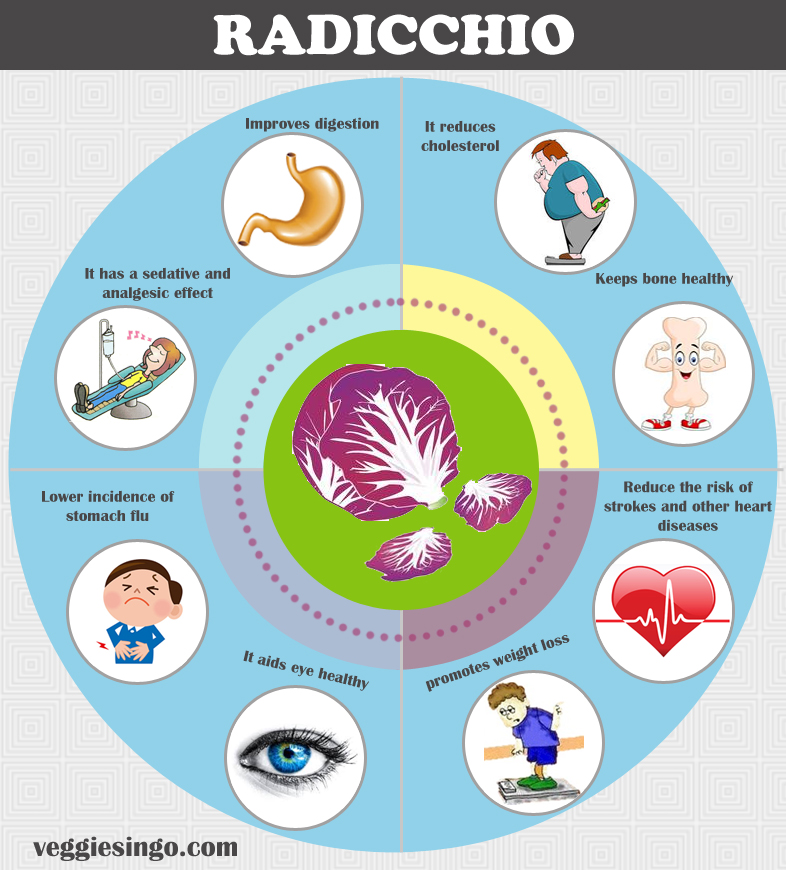
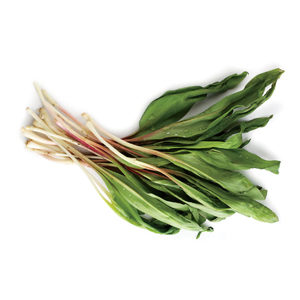
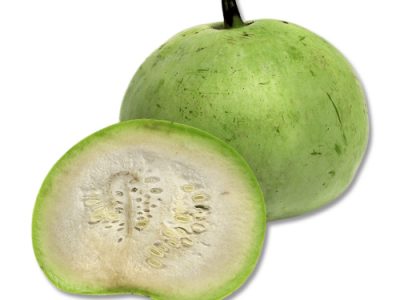
Excellent post. I was checking constantly this blog and
I’m impressed! Very helpful info particularly the last part 🙂 I care
for such information a lot. I was looking for this particular info for a very long time.
Thank you and good luck.